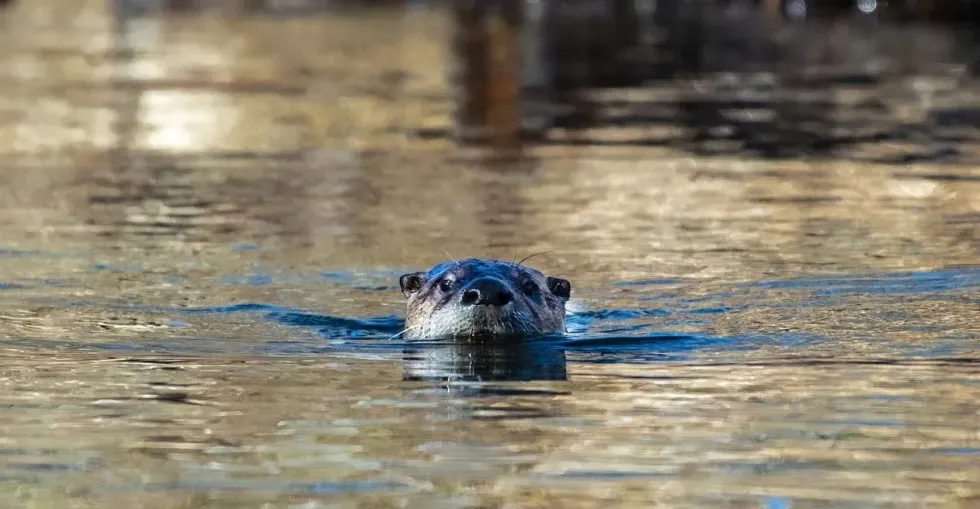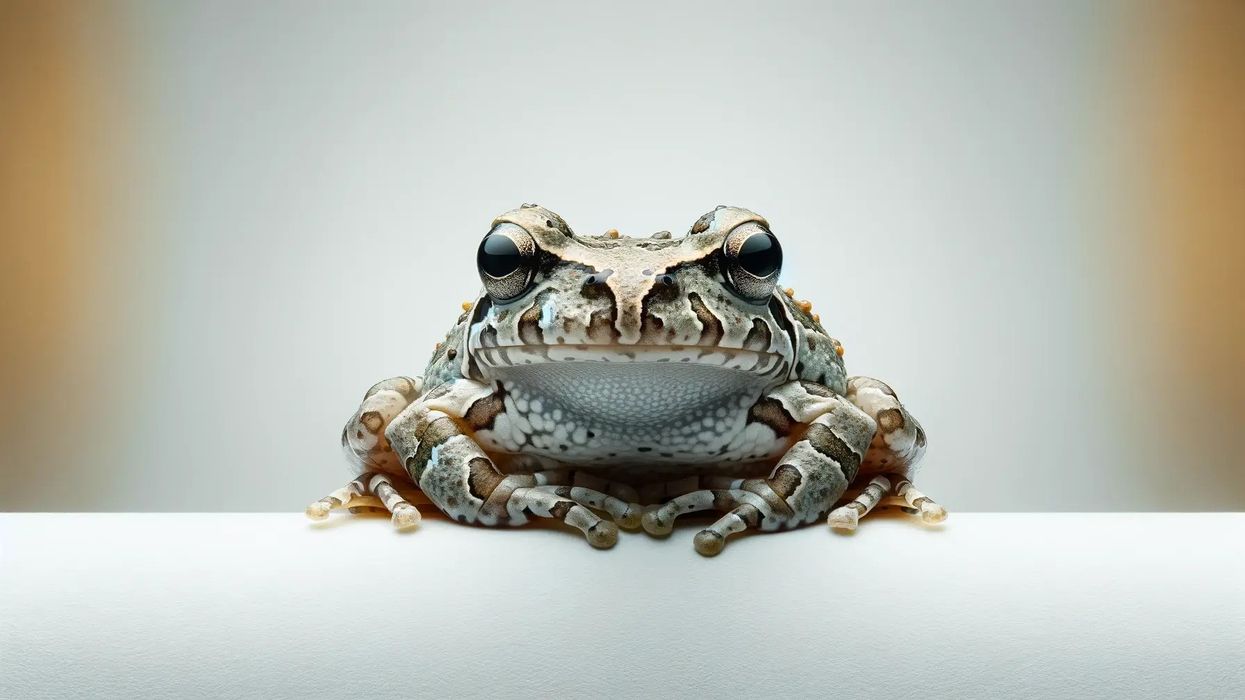The North American river otter is one of the most interesting semi-aquatic animals out there!
It can stay underwater for up to eight minutes and, for hunting their prey they leave the water and can run up to 15 miles (24 km) on land as well. Owing to their strong teeth and thick fur, otters can also eat snakes and also the eggs of snakes, along with other injured animals, birds, and turtles.
In the water they have a few predators that pose a danger to river otters, however, on land, they are more susceptible to becoming the prey of many other animals such as foxes, bobcats, wolves, and even black bears.
The sea otter is similar to the North American river otter apart from the fact that it spends most of its life in the sea while the river otter spends it on land to search for food or in freshwater bodies.
Find out more about the river otter here, or learn more about other animals such as the European otter and the fox here on Kidadl.
River Otter Interesting Facts
What type of animal is a river otter?
The North American river otter is known to be a semi-aquatic mammal.
What class of animal does a river otter belong to?
The river otter is a semi-aquatic mammal, so it belongs to the Mammalia class.
How many river otters are there in the world?
The population of river otters is getting lower every year, and there is exact population is not known. We do know that there are approximately 300,000 sea otters in the world, though.
Where does a river otter live?
This river otter lives in wetlands, rivers, lakes, and swamps.
What is a river otter's habitat?
River otters live predominantly in freshwater bodies. They can be found in several ponds, rivers, marshes, and lakes.
They reside in both cold areas as well as warm areas, and they can exist in areas that are extremely high in altitude and elevation as well, as long as there is a supply of food that they can hunt for and find. River otters are famous for living in little burrows and holes that they dig for themselves.
Who do river otters live with?
River otters live only within their packs, they do not get along with people or with other species. From the time they give birth, they are encouraged to play and practice with other river otters and they refrain from interacting with humans or other species.
How long does a river otter live?
In their natural habitat, the river otter can live for around eight to nine years, however, it is known that in captivity they can live up to 21 years of age.
How do they reproduce?
River otters have a specific time for breeding, this takes place between April and December. They mate either in water or on land and the female then gives birth to the young river otters.
What is their conservation status?
The river otter's conservation status is currently Least Concern. Unfortunately, not a lot of attention has been given to these majestic creatures even though many of them are poached for their fur.
River Otter Fun Facts
What do river otters look like?
River otters have fur, webbed feet, strong scent glands, and ears and nostrils. They are often brown, but some of them are gray as well.
How cute are they?
River otters are quite cute to watch in their natural habitat. The way they interact with each other is particularly cute.
How do they communicate?
The river otter communicates in a very interesting manner. They can whistle, scream, growl, and yelp from time to time to communicate how they are feeling.
They also have certain postures and touches that they use to communicate their feelings to other river otters. They also have special scent glands that are located at the bottom of their tails that give out a musky odor to inform other otters of particular situations.
How big is a river otter?
The river otter, as an adult is around 2-5.5 ft (0.61-1.68 m) long and weighs about 11-35 lb (5-15.9 kg).
How fast can a river otter run?
North American river otters are extremely fast and can run up to 15 mph (24 kph). They can slide and swim even faster than this too!
How much does a river otter weigh?
The river otter weighs about 11-35 lb (5-15.9 kg).
What are the male and female names of the species?
There are no specific names for male and female river otters.
What would you call a baby river otter?
Baby North American river otters are usually called river otter pups or kittens and are known to live with their mother until they are one year old. River otters do not usually reproduce until they are at least five years of age.
What do they eat?
The river otter, owing to its amazing hunting techniques, chooses to have fish as their staple diet however they can also eat snails, turtles, frogs, aquatic invertebrates, and beetles.
From time to time they consume injured birds and their eggs as part of the river otter diet as well. Male otters are usually larger than females and hunt for snakes and their eggs too.
They have strong scent glands and long whiskers that help them to hunt their prey even during extreme weather, however, their strong musky odor allows their prey to escape as well.
Are they dangerous?
They say looks are deceptive and this is true for North American river otters as, whilst these might look like small, friendly mammals, they have extremely strong teeth and an extremely powerful bite.
While visiting places with large river otter populations it is advisable not to feed them and to keep a safe distance from these North American river otters at all times.
Would they make a good pet?
These small mammals have naturally strong social bonds with each other but are not very friendly to humans. Therefore, having a pet otter might is not a great idea. These North American river otters are best left in their river otter habitats in the wild.
Did you know...
The webbed feet of North American river otters help them to hunt for their prey swiftly in water.
All the different kinds of river otters
Apart from North American river otters, there are more different types of river otters. Southern river otters are sadly poached a lot and another type of river otter is the giant river otter which is the biggest otter that exists in the world!
The giant river otter is known to be extremely loud as well. Another kind is the Japanese river otter, one of the rarest otters in the world, which unfortunately became extinct in the early '30s.
Sea otter vs river otter
There are lots of similarities, but also lots of differences between the sea otter and the river otter. Firstly, the North American river otter is known to be two to three times smaller than a regular sea otter.
Also, the North American river otter has a tail that is long and pointed, however, the sea otter's tail is known to be small and flat.
Sea otters also live differently as they spend most or all of their lives in the water, both giving birth and hunting for food in the water. Meanwhile, North American river otters are found on water and land, they even spend time on land when searching for food.
Another interesting fact is that female sea otters tend to give birth to only one young otter pup at a time, whereas North American river otter females give birth to several young otters in one litter. The North American river otter habitat is, of course, very different from the sea otter habitat too!
Here at Kidadl, we have carefully created lots of interesting family-friendly animal facts for everyone to discover! Learn more about some other mammals including a hamster or a gopher.
You can even occupy yourself at home by drawing one on our river otter coloring pages.










